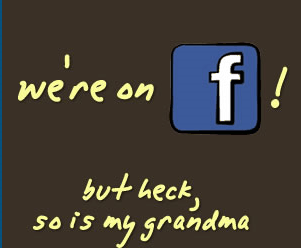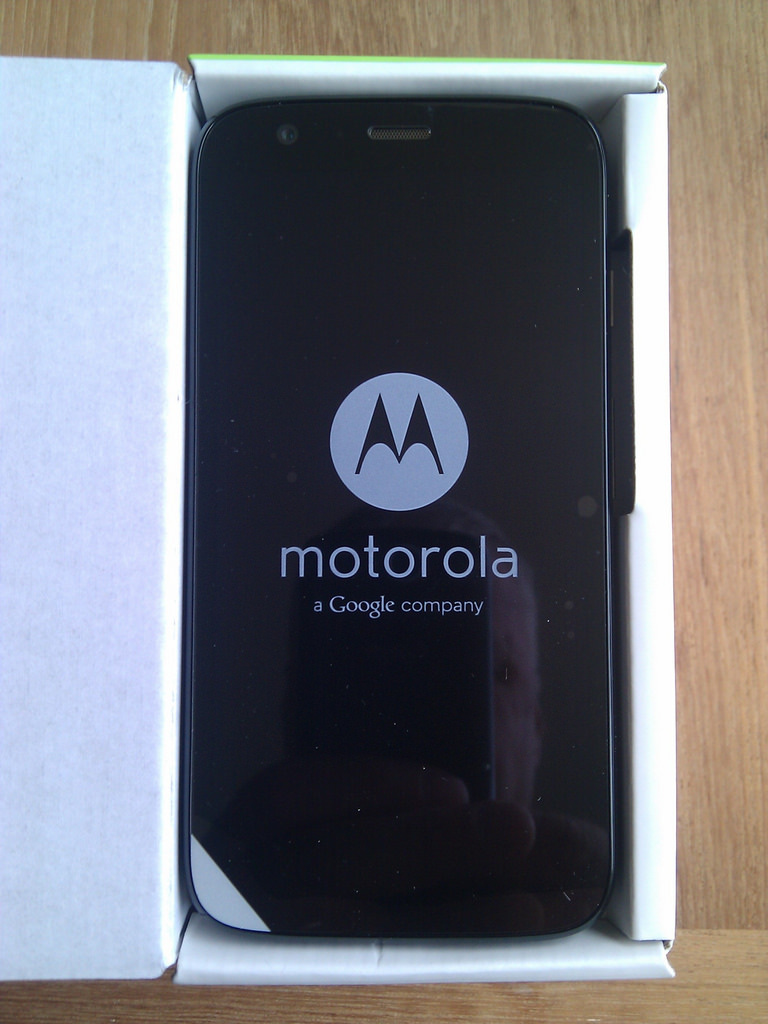
- Strong Keynote Addresses. This was refreshing to see, as I find that Keynotes can be hit-or-miss, with some downright hollow and simplistic. Not this year. Ebay CEO John Donahue kicked things off with a very applicable address about getting as close to your customer as possible. He was absolutely right in saying that people “just want to shop” and they don’t think in terms of channels or devices - It does not occur to them. It is the job o the marketer and the UX expert to “put the customer in the middle” and make cross-device interactions a seamless and intuitive experience. Wikipedia founder Jimmy Wales reminded us that his online community of information seekers is one of the most heavily-trafficked sites and can play a huge role in shaping an online brand. Day 2 featured Niraj Shah of Wayfair and Sukhinder Singh-Cassidy of Joyus – both of whom again reiterated the notion of a customer-centric focus for their business. Mr. Shah described a strategic shift at his company that consolidated the websites under one brand and significantly beefed up content marketing in order to strengthen the bond with its customers. Joyus, as Ms. Singh-Cassidy described, also uses content as its primary lever with customers, as the entire business model hinges on engaging, educational, and simple videos; video is clearly a rapidly growing and evolving tool in e-commerce.
- Customer-centric Merchandising and Personalized Service. I mentioned it above as a theme in the keynotes, but it reverberated consistently throughout the entire conference. Video is becoming a hot trend in the world of e-commerce & omni-channel. The convergence of entertaining content and clever merchandising is allowing niche brands & marketplaces (i.e. The Grommet, Houzz, and The Children’s Place) to thrive in the face of Amazon, because the experience is memorable and forms a strong bond with customers. Similarly, highly responsive and personal customer service is back at the forefront of the minds of online retail execs. Social media and always-on smartphones have raised customer expectations, as well as the negative consequences if companies do not follow-through on their value proposition. It’s now table stakes, but not everyone can execute properly – I heard this everywhere – from the panels to the lunch line.
- E-mail Still Matters. New technologies and big data are driving a resurgence of e-mail in a big way, as well as the ability to view it on a mobile device (what push notifications?). E-mail can still drive up to 40% of a site’s traffic, so it is imperative to get it right and stand out in today’s crowded inbox. New developments discussed included algorithmic platforms that allow 1-to-1 e-mail personalization at scale, email retargeting, frequency-adjusted drip campaigns, win-back campaigns and opt-down preference settings. This, coupled with novel A/B testing techniques allow faster learning cycles and can lead to conversion increases of up to 25%.
- Big data – As In Big and Scary. This has been the buzzword for a few years now. But now it is really here and retailers – especially the smaller nice ones – need to get their arms around it to leverage its power. Everyone knows the amount of customer data will not be getting smaller, and ignore the fast-paced developments at your own peril. Luckily a few firms emerged at the conference as thought leaders in helping growing e-tailers tackle this large, complex, and potentially resource-draining opportunity. These firms included AgilOne, GoodData, RJMetrics, and SpringMetrics.
- Good M-commerce Apps a Key to Winning. Shoppers using mobile devices may have widely varying objectives for a session: to make a purchase, to research, to kill time, to socialize, or to check on an existing order. Discussions about mobile commerce (still in its infancy in my view), all focused on this scattered set of needs. This served to drive home the notion that a shopping app has to perform really well, or the customer will not return. Specifically, it was called out that an app must be a simple but useful tool that drive customer engagement and are easy to use. They must be fast and reliable (1-3 second load time with only a 1% crash rate). Lastly, they must be easy to find and download – across multiple mobile O/S’ as needed. Achieve these goals and shoppers will find and use your app to shop.
It was a tiring but eye-opening week at IRCE 2014; I never seem to be able to get to see everything I want. I will look forward to returning once again next year to see what creative new evolutionis taking place in the industry – and hopefully I can be the one speaking about some of it.





 RSS Feed
RSS Feed
